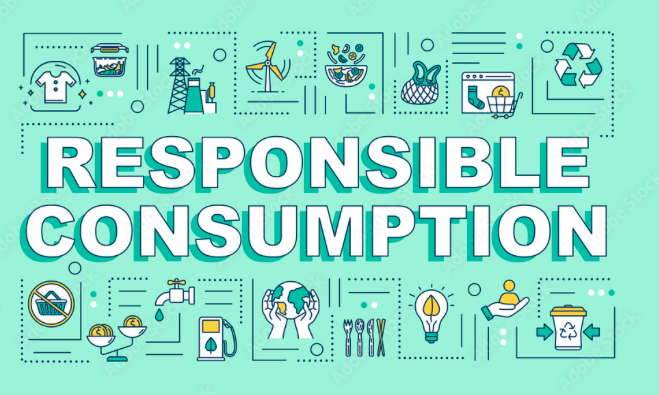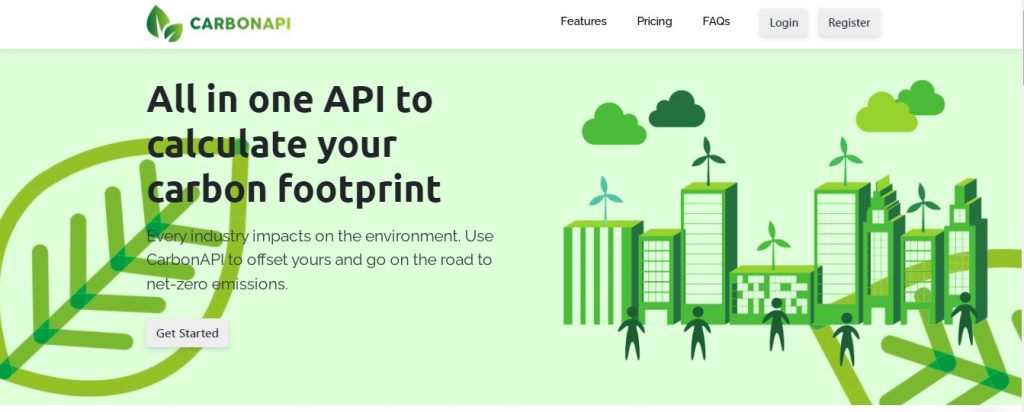Does reducing your energy consumption seem like an impossible task? It’s not! You only need the right instrument: a carbon footprint API.
Environmental issues have come a long way. It was 1973 when The Super Friends transmitted prosocial messages regarding savage climate change, contamination and taking care of natural resources such as energy. Nowadays, in 2022, nearly 50 years later, the goal is still the same: save the planet.
The information did penetrate society, though. New generations carry out a more environmentally conscious lifestyle and support markets and businesses that offer eco-friendly products and services. Plus, governments and some companies are interested in sustainability too. They implement green actions and guidelines to reduce carbon emissions.
No matter what entity (individual or organisation) you are, if you want to become more sustainable, there are always tiny adjustments you can execute in your everyday life. In this article, we will encourage you to start your ecologically sound journey by reducing your energy consumption.

To begin with, energy consumption does not always derive from a single source. It is a frequent misperception that conserving energy means saving electricity. All energy consumed to accomplish an activity, make something, or inhabit a home is energy consumption: electricity, gas, water, fuel, etc.
Because it is practically difficult to create, transport, or use energy without causing considerable environmental damage, energy and environmental issues are inextricably linked. Air pollution, climate change, water pollution, thermal pollution, and solid waste disposal are all problems directly tied to energy production and use. Therefore, we should make a strategy to do something promptly to break free from this wasteful lifestyle that is harming Earth:
A Carbon Footprint API
A simple solution is to calculate our carbon footprint. This concept represents the sum of carbon dioxide (CO2) emissions produced by a person or other entity’s actions (e.g., building, corporation, country, etc.). It comprises direct emissions from fossil-fuel burning in manufacturing, heating, and transportation and emissions connected with the production of products and services. Additionally, a carbon footprint’s measurement can frequently include other greenhouse gases such as methane, nitrous oxide, and chlorofluorocarbons (CFCs).
How can we measure our emissions? With a carbon footprint calculator. This tool estimates your activities’ CO2 emissions (for example, using energy, driving a car, or disposing of rubbish), giving you an idea about your carbon footprint and what you can do to minimise it. For that matter, we recommend the following Carbon Footprint API to become sustainable:
CarbonAPI
The CarbonAPI carbon footprint calculator is the first step toward carbon neutrality. The API may compute carbon emissions in production units per hour, material consumption units per hour, or any other unit you choose. Consequently, it will assist you in achieving your environmental objectives and promoting social responsibility.
Does it sound complex? It isn’t! You only need to submit your carbon footprint data via the API (or website, if you prefer). This stage involves information on energy use, package delivery, freight and logistics, and transportation, among other consumptions. CarbonAPI will then organise the data and evaluate your carbon footprint in kilogrammes of carbon (CO2 equivalents) using various computations. Furthermore, for transparent reporting, this approach will offer you analytical graphs of your usage.
All in all, CarbonAPI is an easy-to-use, all-in-one CO2 tracker for monitoring, managing, and decreasing carbon emissions. And it adapts to any entity and usage. Thus, you get different billed plans for personal and enterprise use. The former option can enjoy a free version, including up to 20 submissions each month to the carbon footprint calculator, online reporting and API access.
Ready to reduce your energy consumption and become sustainable?


